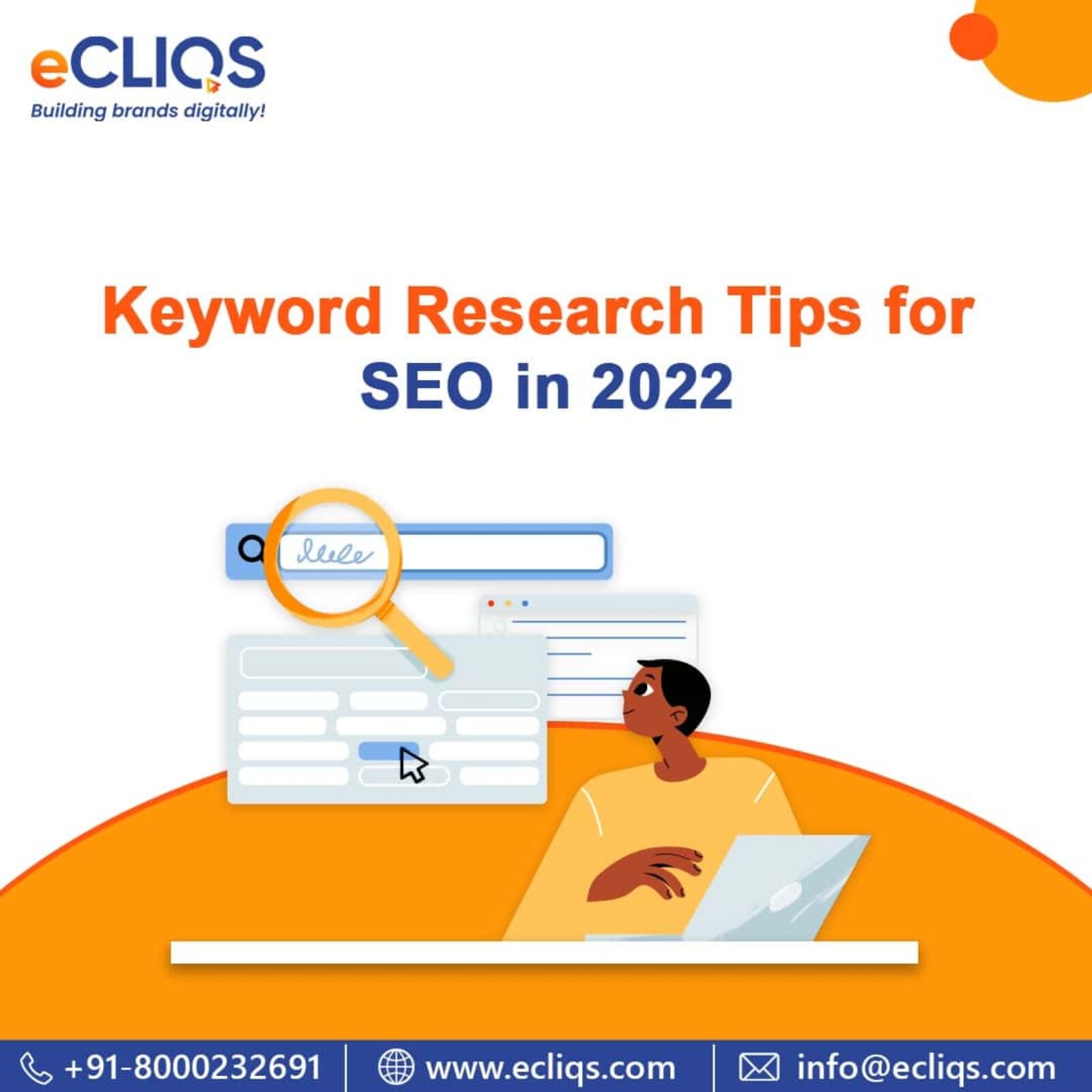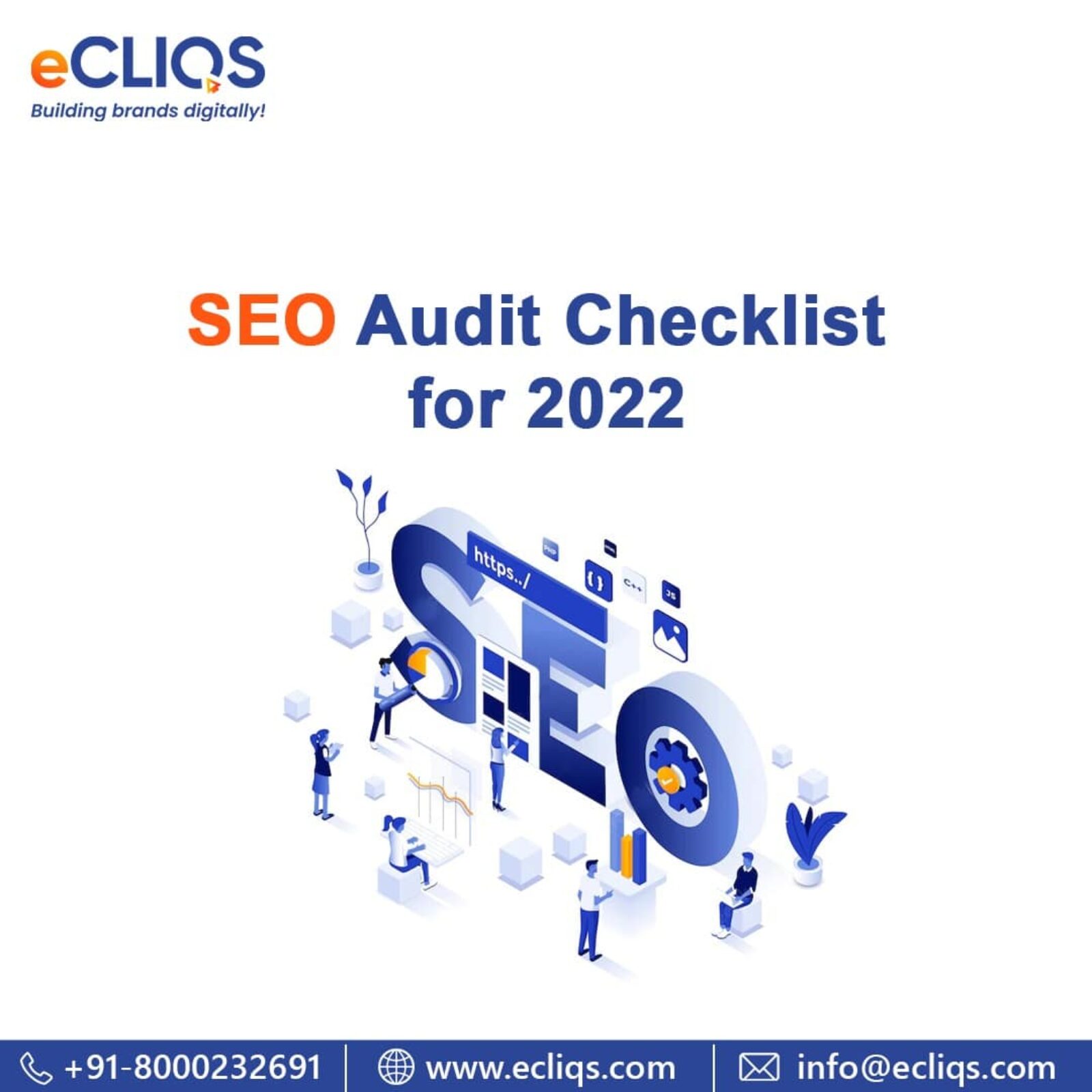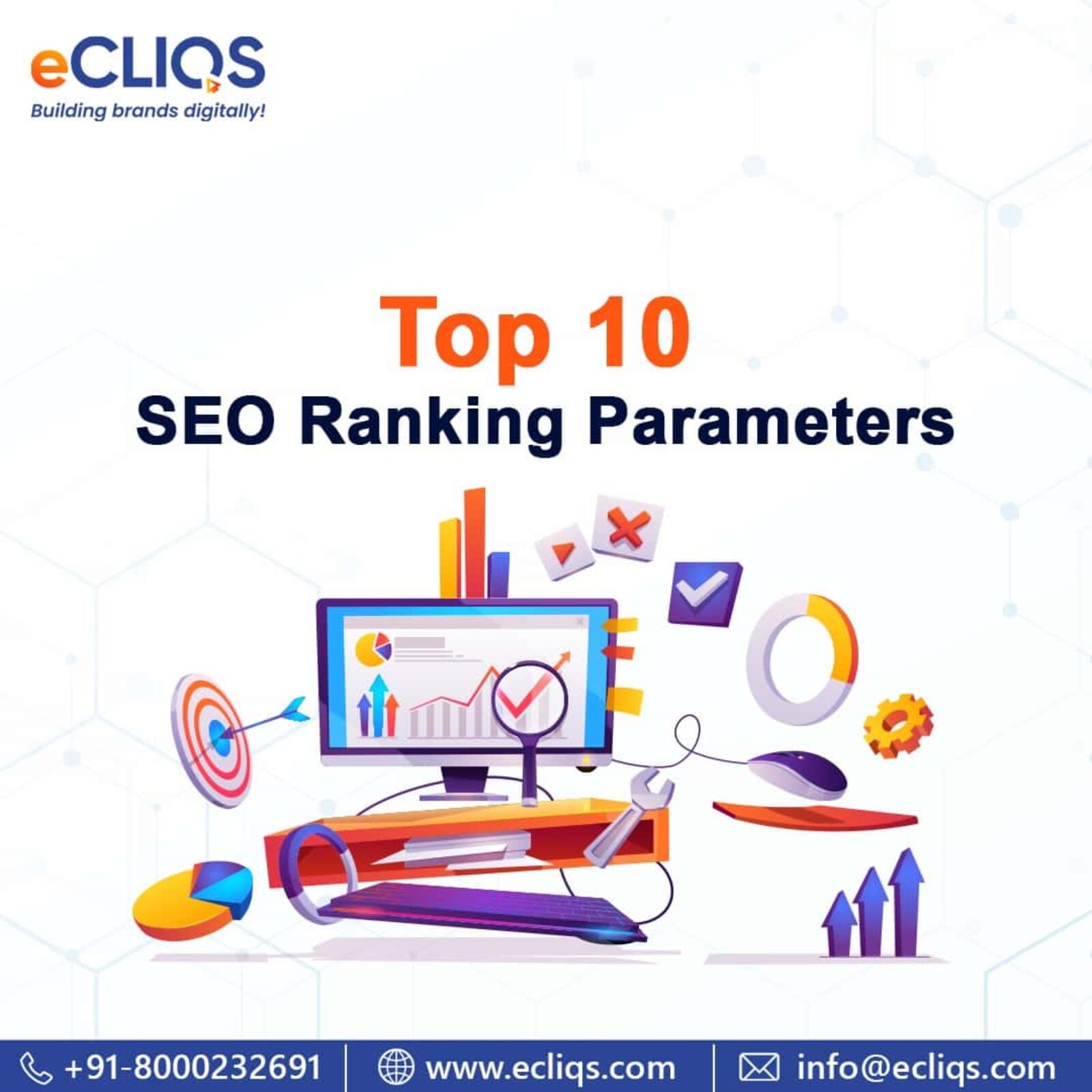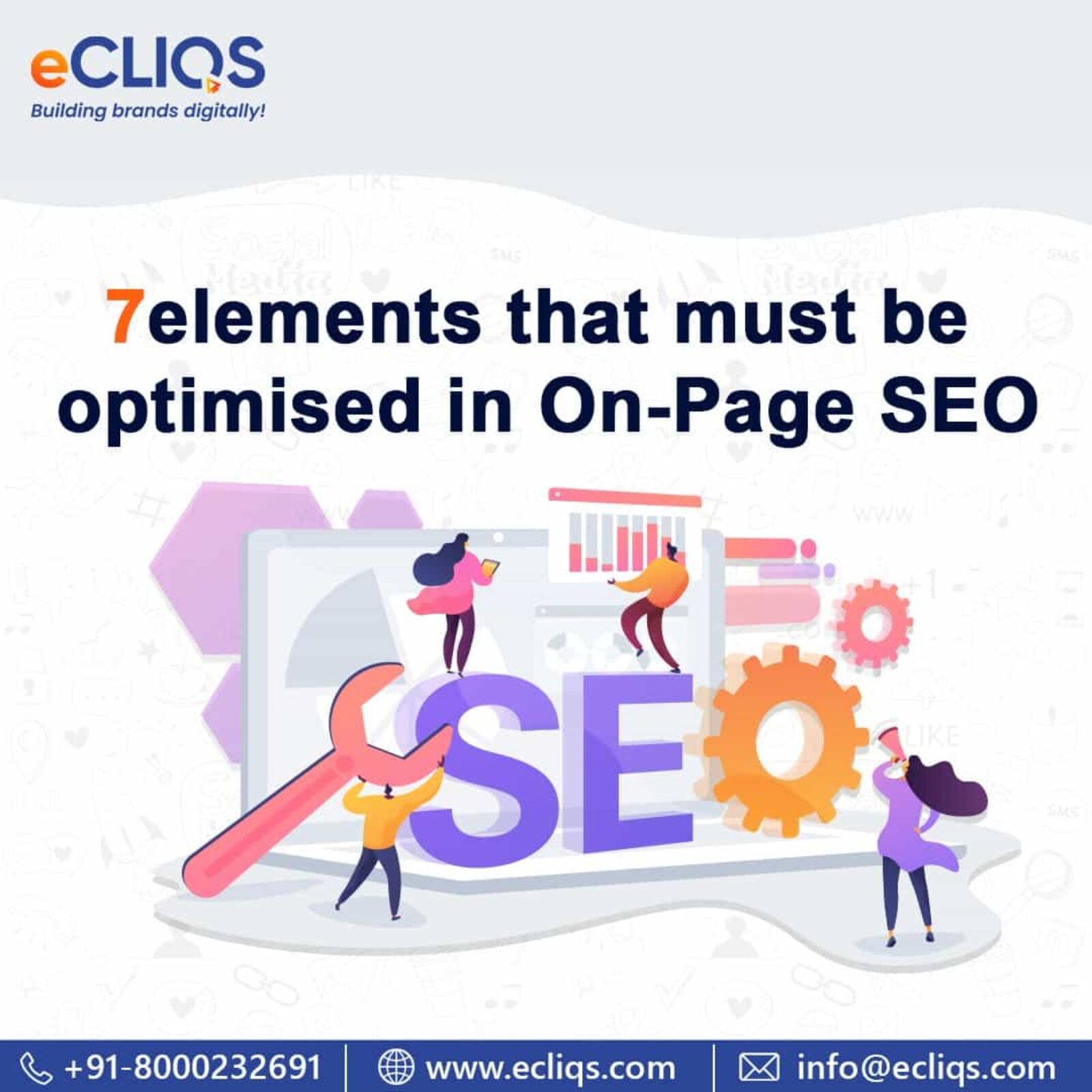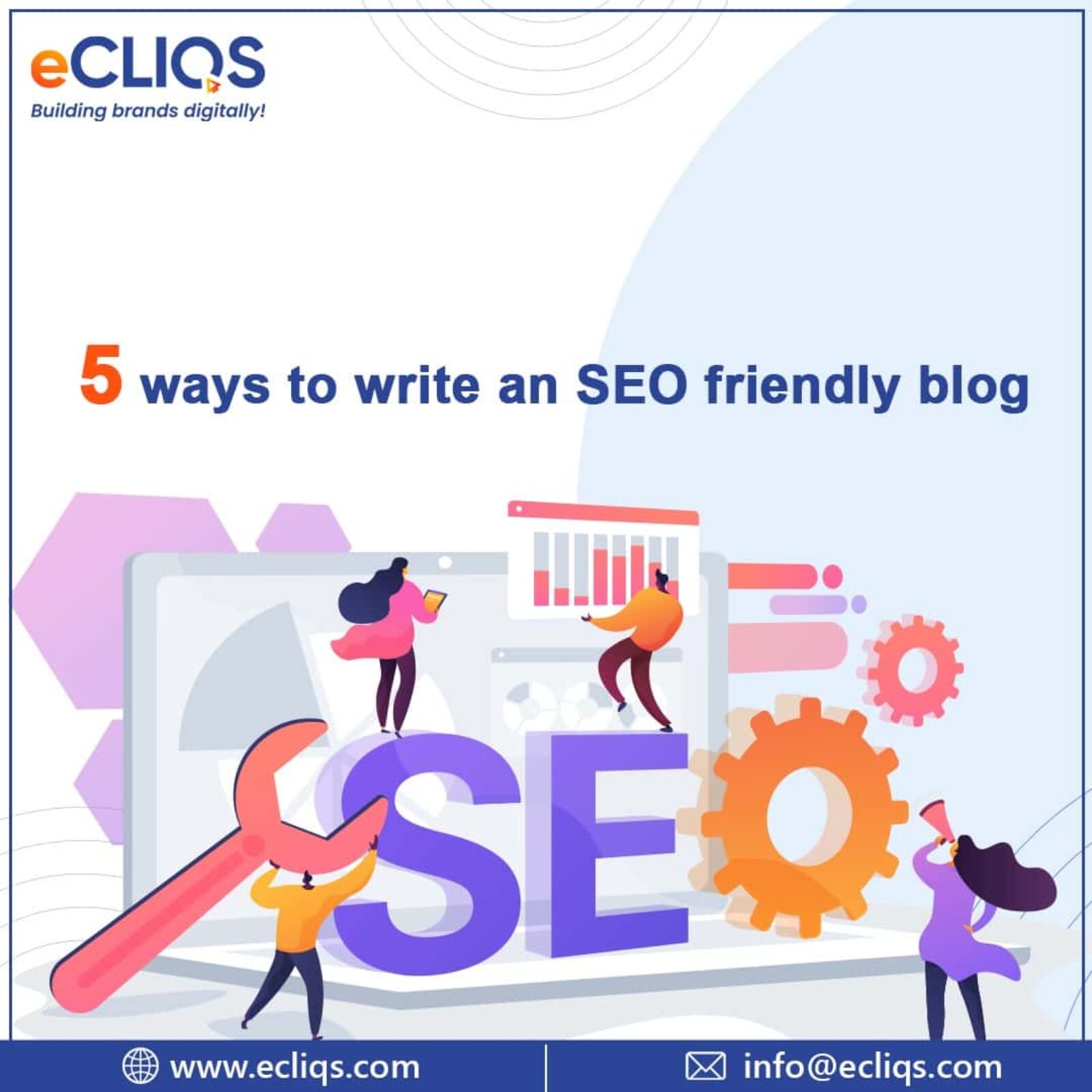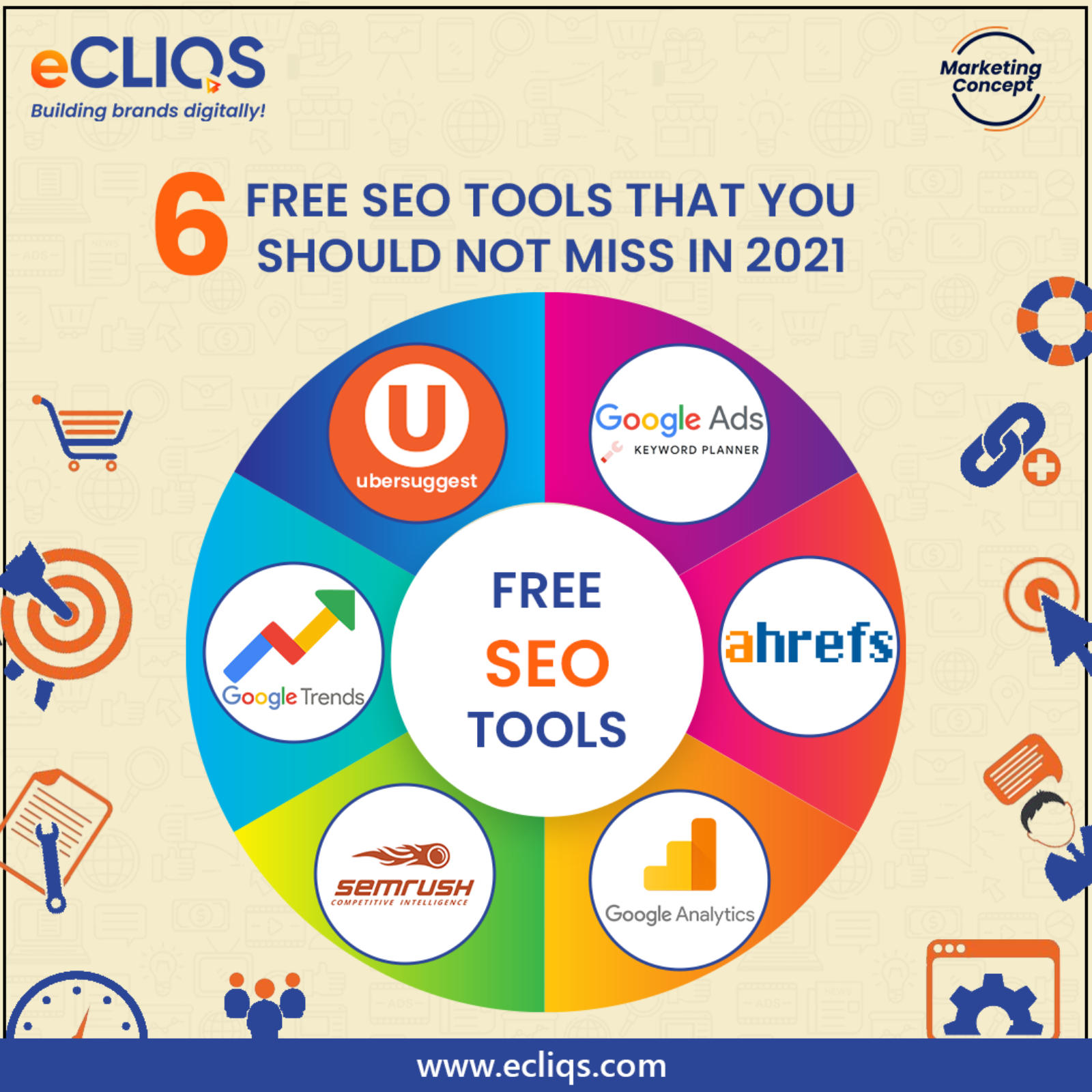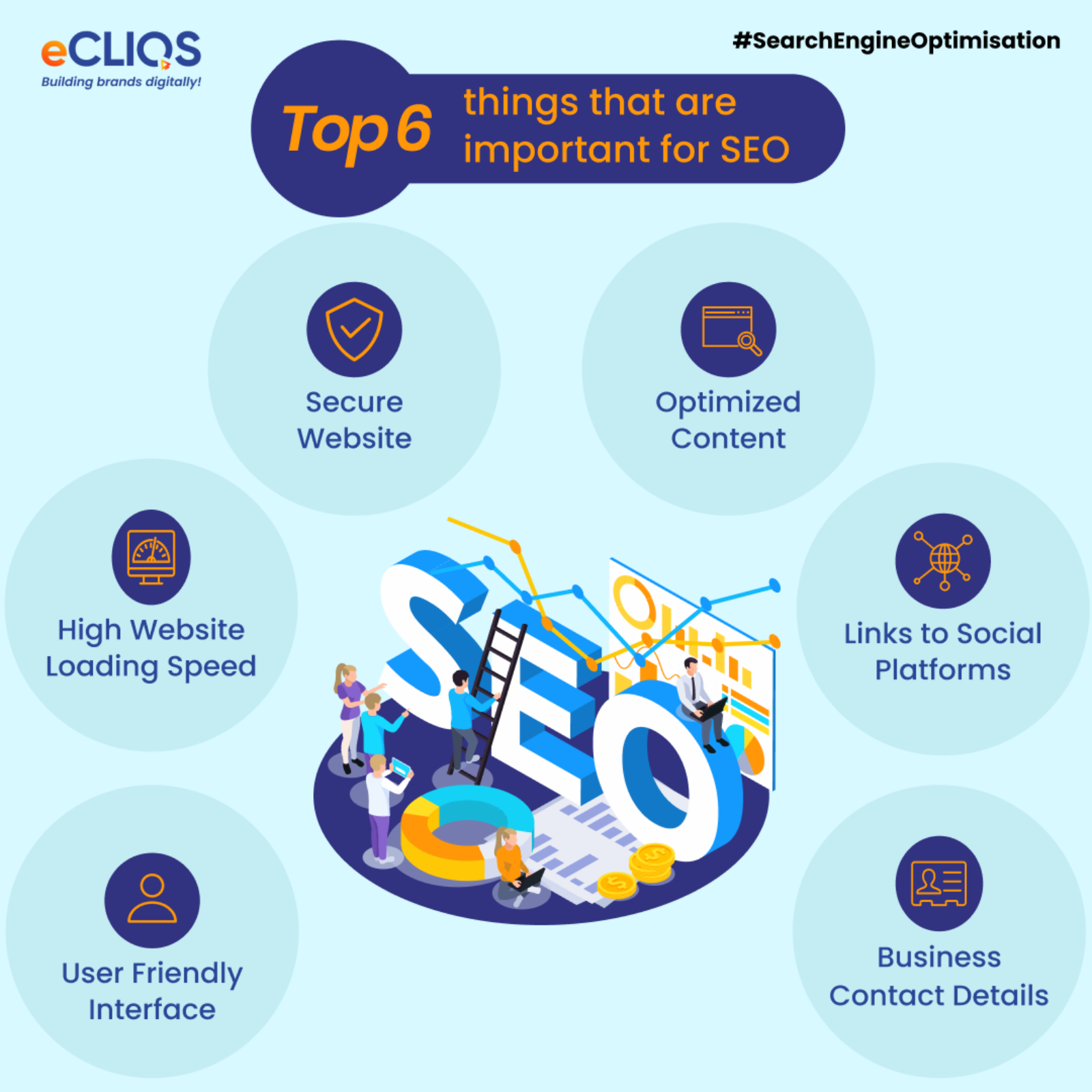Keyword Research Tips for SEO in 2022
To improve your SEO, you need to conduct keyword research often.It’s a continuous procedure that may significantly affect your online lead generation and client acquisition efforts.We guarantee that you will be able to make more informed decisions regarding your digital...
Everything you need to know about SEO VS SEM
The basic purpose of a marketing budget is to maximise growth at the lowest possible expense. Consider both short-term and long-term rewards when allocating funds for website income growth. To put it another way, you must consider SEO vs. SEM.As we all know, this isn’t...
SEO Audit Checklist for 2022
The path of a thousand optimizations often begins with a single step — the SEO audit. An in-depth SEO audit is the first step for most SEO practitioners when signing a new client or joining an in-house a new firm. That’s where the SEO audit comes into play.“Where...
Top 10 SEO Ranking Parameters
SEO criteria are always evolving, and it may be difficult to stay on top of the most recent advances. However, if you want to see your Google rankings rise from the bottom of the list to the top of the list, you must be informed.Sites that are well-optimized attract an...
7 Elements that must be Optimized in On-Page SEO
With over 1.5 billion existing websites and more than 2 million articles being posted every day, ranking high in SERPs has become more difficult than ever. Most of the good websites use SEO for better rankings and high traffic. These stats are enough to understand that with...
5 ways to write an SEO friendly blog
Writing a blog post that is well optimized for both reader and the search engine is a skill. It often gets time-consuming. Choosing the right topic for better engagement with the reader is an important part of writing an SEO blog. Use of the right set of SEO rules is...
6 FREE SEO TOOLS THAT YOU SHOULD NOT MISS IN 2021
Search Engine Optimisation or SEO is the process of improving the website’s visibility to have relevant searches on search engines. Search Engines such as Google, Yahoo, Bing use technology to crawl on the web on different sites. Search Engines collect information about each...
Why is SEO important for business in 2021?
Search Engine Optimisation or SEO is the process of improving the website’s visibility to have relevant searches on search engines. Better visibility in search results makes the site attract the attention of the users. Search Engines such as Google, Yahoo, Bing use...
Top 6 things important for SEO
People make more than 3 million searches on Google in a second, not to say about other search engines on any given day. More than 65% of searches are done on Google. Being on the front page of Google is important to land to your website/webpage. SEO is what makes it possible....

